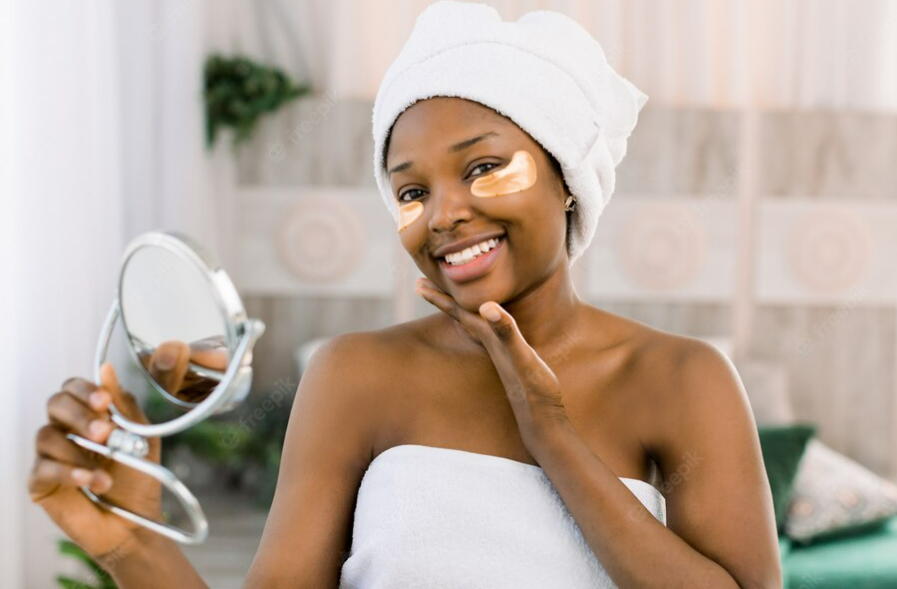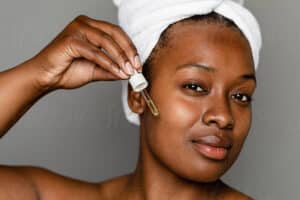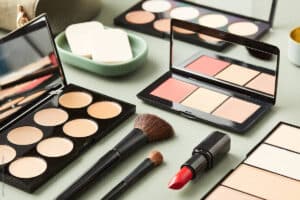Do you want to say goodbye to pesky breakouts and hello to glowing, clear skin? Then it’s time to adopt some healthy habits and incorporate acne-fighting products into your skincare routine!
Here are some easy tips to get you started:
Cleanse Your Skin Twice a Day
Washing your face is essential to remove dirt, bacteria, and excess oil that can clog your pores and cause acne breakouts. If you have oily skin, make sure to cleanse twice a day to reduce sebum production.
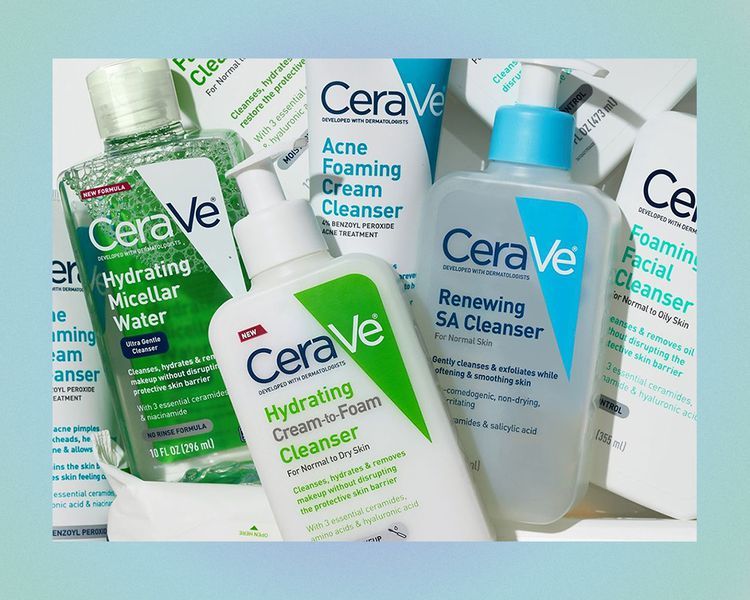
Use Oil-Free, Noncomedogenic Products
Choosing the right skincare products is crucial for preventing breakouts. Look for labels that specify oil-free or noncomedogenic formulations. These products won’t clog your pores, causing skin irritation or acne.
Exfoliate
Exfoliating your skin can help remove dead skin cells that can clog your pores and cause breakouts. But, make sure to do it safely! Over-exfoliating can cause more harm than good. Use a gentle exfoliant once or twice a week to get brighter and clearer skin.
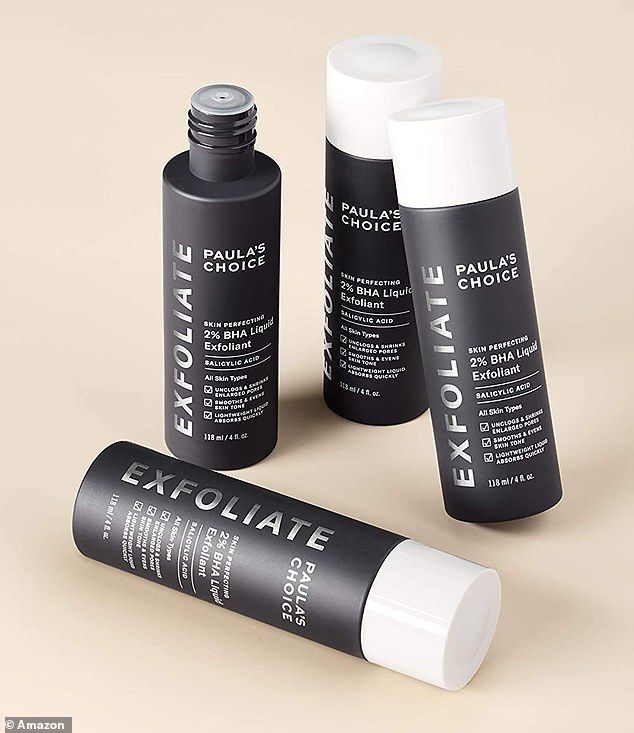
Apply Acne-Fighting Products
Over-the-counter acne products can be helpful in preventing and treating acne. Salicylic acid, benzoyl peroxide, and retinoids are some of the most common ingredients. Make sure to read the labels carefully and start with a lower concentration to avoid skin irritation.
Moisturize
Moisturizing may seem like the opposite of what you want to do when you have oily or acne-prone skin. But, a good moisturizer is essential to keep your skin hydrated and balanced. Choose a gentle, non-greasy moisturizer to prevent dryness and irritation.
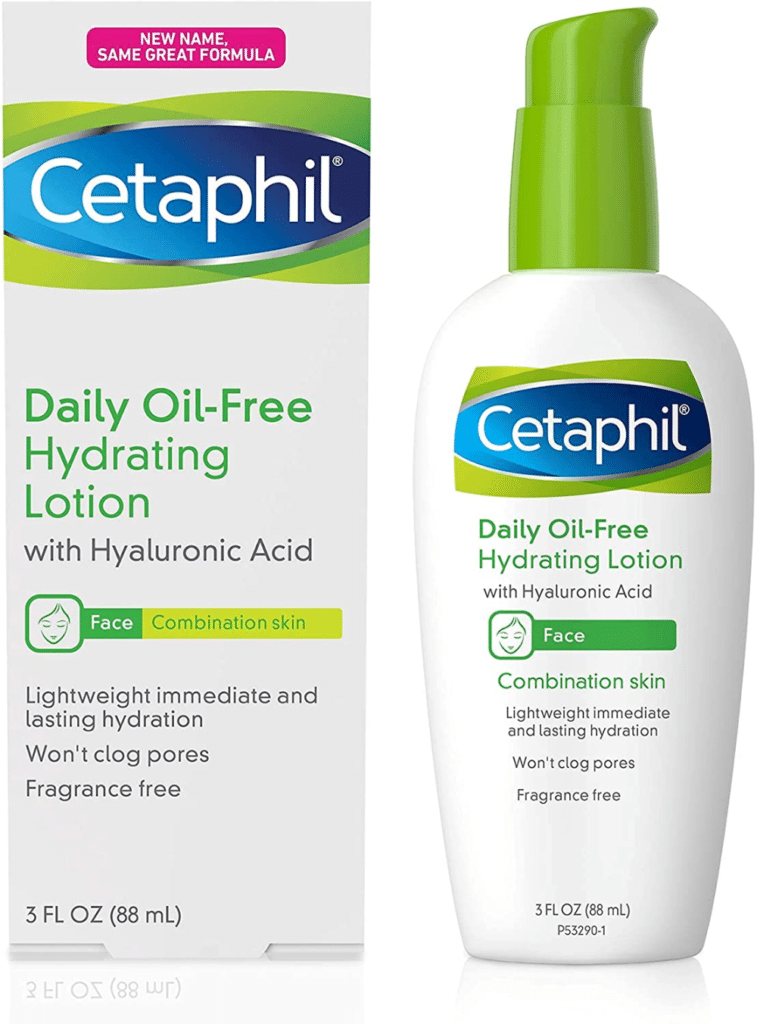
Wear Sunscreen
Sunscreen is a must for protecting your skin from harmful UV rays. Look for oil-free and noncomedogenic formulas to avoid clogging your pores. Wearing sunscreen can also prevent post-inflammatory hyperpigmentation, a common problem for those with acne-prone skin.
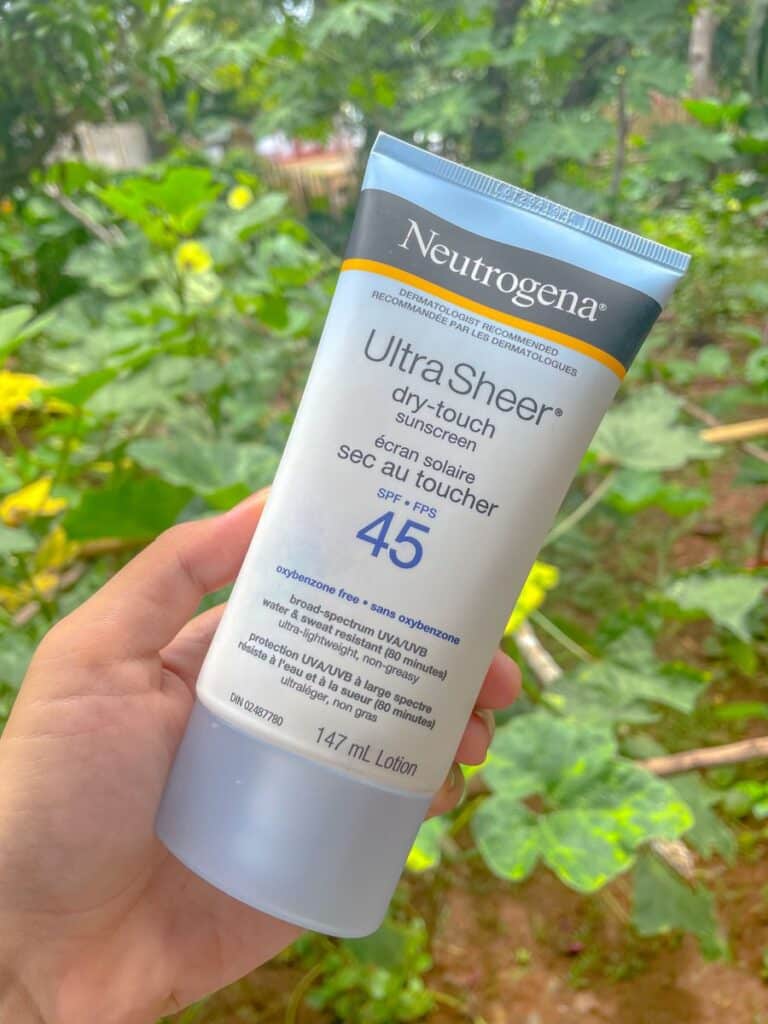
By adopting these healthy habits and using acne-fighting products, you can say goodbye to breakouts and hello to clear, glowing skin!

